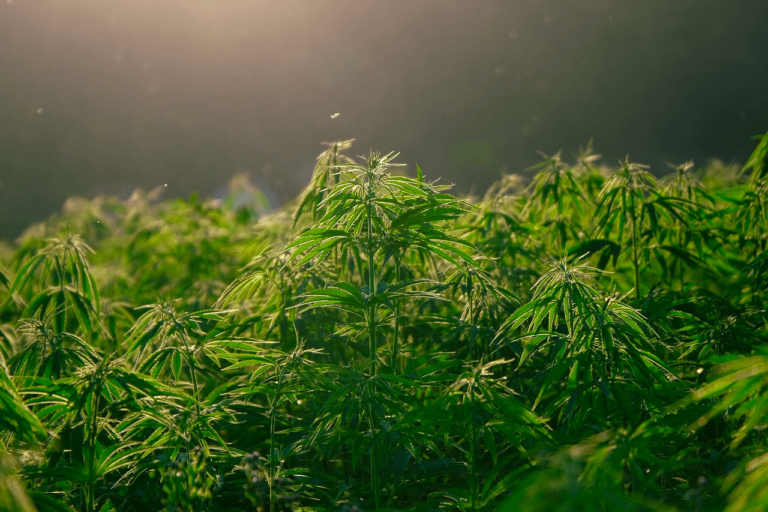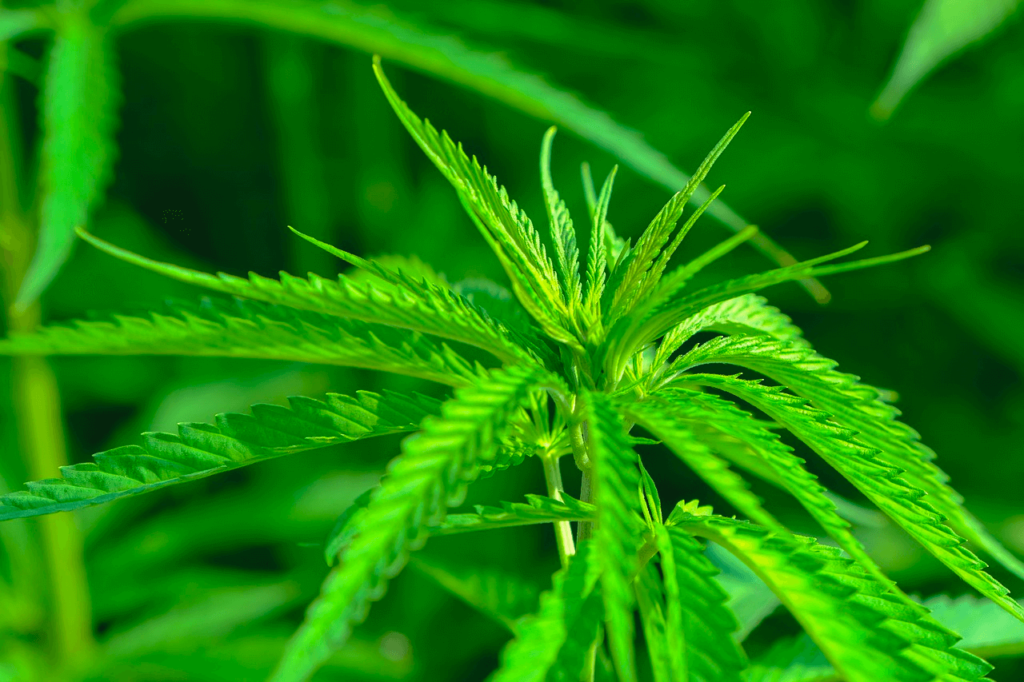
Marijuana plants need diversified and nutritious minerals to produce the maximum harvests. Cannabis plants, like humans, need diverse and balanced nutrition to grow into a healthy crop. Their development will be slowed, and their yields may suffer if they don’t have the proper nutrients to carry out essential physiological tasks.
Fortunately, the cannabis plant does a wonderful job of letting us know exactly what it wants. Wilting, discoloration and curled leaves are common signs of nutrient insufficiency, alerting the farmer to the problem. This article will discuss a complete guide to reading cannabis deficiency chart.
Guide To Cannabis Deficiency Chart
Macronutrients vs. Micronutrients In Cannabis
Cannabis plants need a lot of macronutrients, which are minerals like nitrogen, phosphorus, and potassium. In the same way that lipids, carbohydrates, and protein are the building blocks of the human diet, cannabis requires high amounts of these minerals to carry out crucial functions.
Micronutrients are those minerals and elements which cannabis plants need in much lower proportions. They are, nevertheless, equally as crucial to the health of the plant. Other elements include iron, zinc, sulfate, and boron. These may be compared to the human body’s intake of minerals and vitamins. We don’t use a lot of them, but we’d be sick in no time if we have a low deficiency of it.
Mobile vs. Immobile Plant Nutrients
Growers’ diagnostic accuracy may be improved by understanding the differences between mobile and immobile nutrients. Those nutrients that can be moved around the plant to the most required parts are called mobile nutrients. For example, when a phosphorus deficit exists, older fan leaves might be used to supplement fresh growth. As a result, older growth will be the first to show signs of nutritional insufficiency caused by mobile nutrients.
Plants are unable to transfer nutrients that are not mobile. A zinc deficit, for example, will show up in the plant’s fresh growth since it is unable to move its mineral reserves.
| ELEMENT (Symbol) | MOBILITY IN PLANT | NUTRIENT DEFICIENCY FOUND IN |
| Nitrogen (N) | Mobile | Old leaves |
| Phosphorous (P) | Mobile | Old leaves |
| Potassium (K) | Mobile | Old leaves |
| Calcium (Ca) | Immobile | New leaves |
| Sulfur (S) | Immobile | New leaves |
| Magnesium (Mg) | Mobile | Old leaves |
| Iron (Fe) | Immobile | New leaves |
| Manganese (Mn) | Immobile | New leaves |
pH Matters
If your soil’s pH is out of whack, your plant won’t be able to get the nutrients it requires. Soil with a pH between 6.0 and 6.5 is ideal for growing cannabis. Nutrient lockout occurs when plant roots cannot receive essential nutrients at any level of growth. Regular flushes should be carried out to avoid this. Keep an eye on your readings with a pH meter. You may also modify the pH of your soil.
Going organic
Thanks to advances in soil science, the rhizosphere (root zone) is bursting with life. Here, a sophisticated network of microbes interacts synergistically with the root system. Bacteria and fungus are essential to breaking down organic materials and releasing nutrients for plant usage in the soil. For long-term avoidance of nutritional deficiencies and flourishing biodiversity in the rhizosphere, a focus on composting and producing living soil is essential.
Your yields will surge as a result of such a favorable life cycle. However, farmers may take a more proactive stance in the short term. Foliar spraying may be applied as a fast remedy when plants are losing out on certain nutrients. As these nutrients are taken directly from the leaves, there is no need for the roots to be involved.

Analysis Of Different Nutrients In Cannabis Plant
Nitrogen
Photosynthesis and the synthesis of essential plant proteins need nitrogen, a transportable macronutrient. Insufficient nitrogen may cause yellowing of older leaves, leaf drop-off, and eventually, the plant’s discoloration.
Phosphorous
Cannabis plants need phosphorus as a macronutrient. The mineral may be sent to where it is needed most in plants since it is a mobile nutrient. Photosynthesis and protein synthesis both depend on phosphorus, and it also makes up a significant portion of DNA. Red/purple stems, brown patches on leaves, and dried leaves are all symptoms of a phosphorus deficit.
Potassium
The last macronutrient is potassium. The regulation of CO2 absorption aids photosynthesis. ATP is also made possible by mobile nutrition (the cellular unit of energy). Curled leaves and straining are signs of potassium shortage in plants.
Calcium
This immobile micronutrient is essential to plant health because it helps to keep plant cell walls together. Caution should be used in the case of calcium insufficiency, which might cause new growth to develop wrongly and become twisted.
Sulfur
Vital enzymes and proteins rely on a critical stationary ingredient needed at extremely tiny levels. Yellowing and staining of the undersides of leaves are symptoms of a sulfur deficit.
Magnesium
Photosynthesis would be impossible if it weren’t for this tiny, mobile nutrient. The chlorophyll molecule contains a material that allows it to absorb light. Lower development and a shabby appearance might be the outcome of magnesium shortage. Due to this process, leaves will become yellow, dry out, and eventually turn brown.
Iron
Chlorophyll production is dependent on the presence of iron. The element is also found in several enzymes and pigments that play a crucial role in the body. Plants benefit from this immobile micronutrient’s ability to aid in metabolism and energy production. You can tell whether your plant is suffering from an iron shortage by looking at the new growth at the top.
Manganese
There isn’t much attention paid to manganese in cannabis cultivation. In cannabis physiology, this immobile micronutrient has a key significance. When it comes to root growth and elongation and protection from harmful bacteria, it assists in photosynthesis, respiration, nitrogen uptake, and root cell elongation. A pale green discoloration caused by manganese deficiency may be seen near the base of new growth. It gradually reaches the tips, and brown blotches begin to appear.
In Short
Cannabis plants can be really hard to grow in natural conditions. However, with proper knowledge regarding its cultivation, the farming of cannabis can bring a fortune. Deficiencies can lead to a poor harvest; thus, one must have profound information on common deficiencies and symptoms. With this guide on cannabis deficiency, you can easily get that information.
